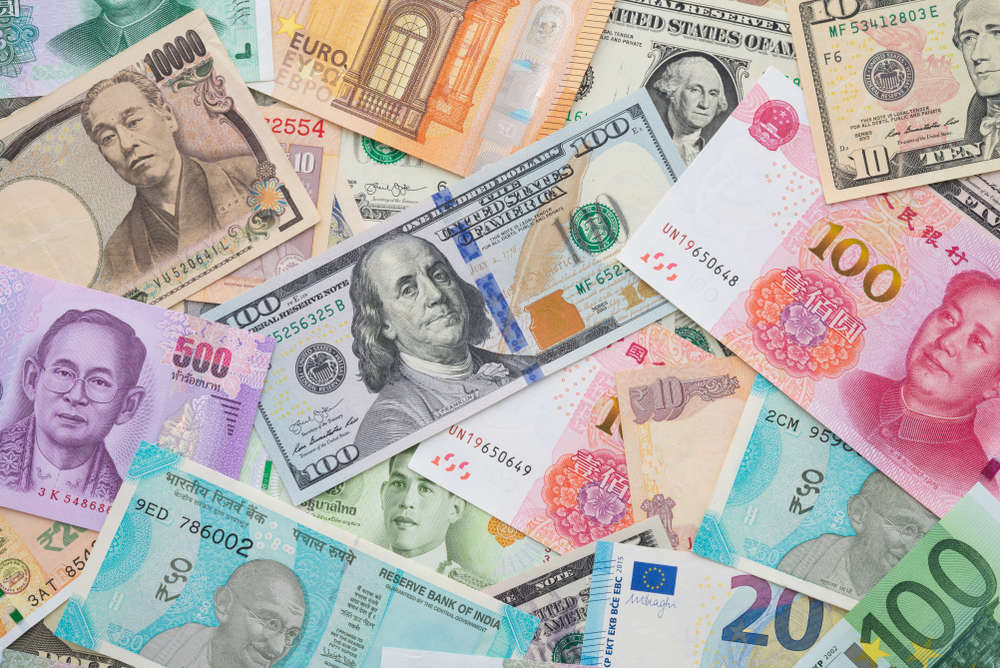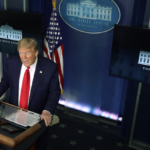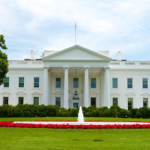Since 1984, inflation control has become the unquestioned croon of economic policymakers worldwide. Even gossip, the I-word, by Alan Greenspan in the financial presses creates havoc in global stock markets. Based in part on the 1973 to 1984 period of macroeconomic despair experienced by OECD countries, when inflation reached an average rate of 13 percent, economic policymakers have assumed that faster sustainable growth can only appear in a climate where inflation terrorism is tamed.
Inflation not only lessens the level of business investments but also the efficiency with which productive factors exist to use. The benefits of lowering inflation are significant, according to the authors, but also dependent on the acceleration of inflation. The more down the inflation rate, the greater the productive effects of a decrease. For example, reducing inflation by one percentage point when the acceleration is 20 percent may increase growth by o.5 percent. But, at a 5 percent inflation rate, the result increases maybe 1 percent or higher. Therefore, more costly for a low inflation country to admit an additional point of inflation than for a country with a higher starting rate.
 Given their detailed analysis, the authors conclude that efforts to keep inflation under control will rather later pay off in terms of better long-run performance and higher income,
Given their detailed analysis, the authors conclude that efforts to keep inflation under control will rather later pay off in terms of better long-run performance and higher income,
Inflation is the widespread rise in the prices of goods and services over time. For example, the inflation rate in the United States averaged 3.27% between 1914 and 2022.
How can inflation be good for the economy?
1 Erodes purchasing power
That is inflation’s essential and most pervasive effect. An all-around rise in prices over time reduces the purchasing power of customers since a fixed amount of money will afford progressively less consumption. Buyers lose purchasing power whether inflation is running at 2 % or 4%:they lose it double as fast at the higher rate. Compounding would assure that the overall price level would expand more than twice as large over the long run if long-run inflation doubled.
2 keeps deflation at bay
The Federal Reserve aims for inflation of 2% over the long run to meet its mandates for durable prices and maximum employment. However, it targets instead of aims for steady prices because a positive inflation rate lubricants the wheels of commerce and provides a margin of mistake in the event inflation is overestimated and prevents deflation, the overall decline in prices that can be much more destabilizing than inflation.
Inflation allows lenders to request interest to offset the inflation and even helps borrowers service debt by allowing them to make future repayments with inflated currency.
4 When high, supplies for itself
When the inflation rate sharply accelerates and remains high, expectations of future inflation will finally begin to rise accordingly. As those expectations rise, workers start demanding a more expansive wage increase employers pass on those costs by raising the price,s of the product, setting off a wage-price spiral.
















